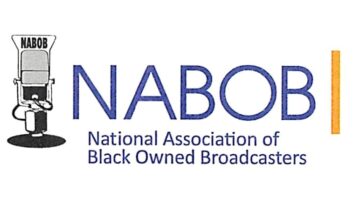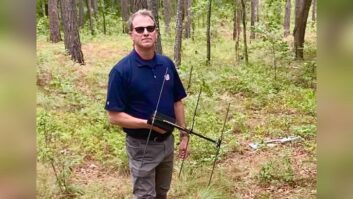Two organizations that favor FM geo-targeting looked at the same field test data from GeoBroadcast Solutions that the NAB did, but reached much different conclusions. And they too are citing a broadcast engineering consultant to back them up.
The National Association of Black Owned Broadcasters (NABOB) and the Multicultural Media, Telecom and Internet Council (MMTC) told the FCC: “We respectfully suggest that now is the time for the commission to move forward and allow FM broadcasters the choice of using technology to deliver hyper-local content to their audience like every other form of media, including broadcast television.”
Commenting on the field tests of local origination on FM boosters that were conducted at KSJO near San Jose, Calif., and WRBJ near Jackson, Miss., NABOB and MMTC wrote: “These studies … contain impressive results and convince us that the technical questions that were raised by some commenters … have been fully and satisfactorily answered.”
They told the commission that the NAB had originally been supportive but then raised legitimate technical questions about this technology.
But in dramatic comparison to NAB’s subsequent comments (in which the association dismissed the tests and accused GBS of “rigging” them), NABOB and MMTC believe those questions have now been answered satisfactorily.
They told the FCC that the GBS system works with both analog and HD systems and does not interfere with EAS. “And the transition area between the geo-targeted zone and the main station’s signal is entirely within the control of the broadcaster deploying the technology and can be designed to take up only a tiny portion of the station’s service area and be infrequent, transitory and unobjectionable.”
The two organizations commissioned engineering firm Meintel, Sgrignoli, & Wallace to review the field test reports that were prepared for GBS by Roberson and Associates and to comment on their methodology and conclusions.
The resulting report from Meintel, Sgrignoli & Wallace addressed several criticisms that had been raised by various commenters:
It found that the scope and methodology of the Roberson tests “provided much needed data” regarding the booster proposal and that the equipment used is considered “off-the-shelf” commercially available gear.
It said the geography of the tests at WRBJ provided “an excellent demonstration of the local origination concept while providing difficult transition regions to test,” and that the tests at KSJO “provided more hilly terrain and provided an opportunity for demonstration of the system in a terrain shielded environment (which is not uncommon in areas where booster stations would be useful).”
Meintel, Sgrignoli also concluded that transition regions at both stations were minimal and should pose only “fleeting” disruptions to the listener experience, with “no discernible degradation to the service to most listeners.” It found that the multipath analysis conducted by Roberson “provides an objective measure of the transition region and potential impairment to listening.”
And it found that EAS signals operated as normal and were re-transmitted appropriately by the FM boosters. “The tests demonstrate that no adverse impacts to EAS operations should be experienced.”
Those findings contrast with the analysis of the GBS data prepared by John Kean, senior engineer at Cavell, Mertz & Associates, and commissioned by the NAB and NPR, in which he identifies what NAB calls a series of omissions and skewed reporting in the GBS tests.
NABOB and MMTC believe geotargeting would give small and minority broadcasters new tools to serve their audiences, and could help more small businesses afford radio advertising.







